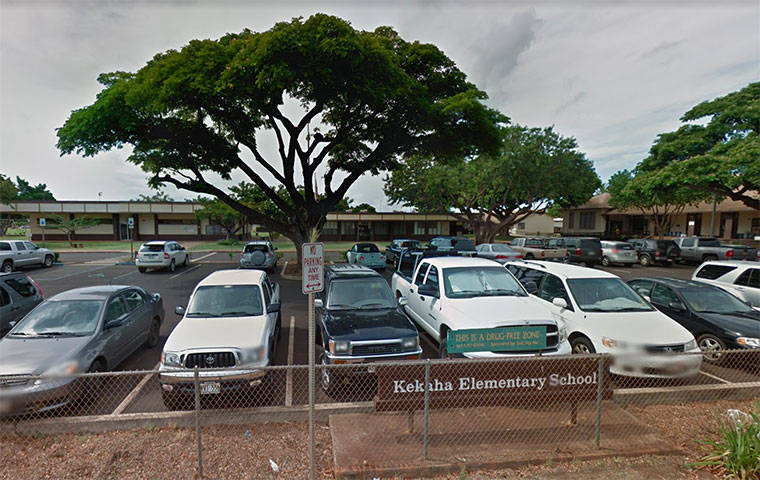LIHU‘E — Four Kaua‘i County schools are taking action after a statewide initiative uncovered faucets and drinking fountains with elevated lead levels.
LIHU‘E — Four Kaua‘i County schools are taking action after a statewide initiative uncovered faucets and drinking fountains with elevated lead levels.
The six fixtures represent just 1.3% of 455 water sources tested in Ele‘ele, Kapa‘a, Kekaha and Wilcox elementary schools. Each exhibited more lead than 15 parts per billion, the action level used by the federal Environmental Protection Agency (EPA).
“Short-term mitigation guidance, provided by the state Department of Health (DOH), directs schools to block off access to the tap until retesting can be done,” a spokesperson for the Hawai‘i Department of Education (DOE) told The Garden Island. “Schools should also post signage that clearly reminds people not to drink the water. Longer-term, the department is looking to replace affected fixtures.”
The health department is testing select schools and childcare facilities in conjunction with the DOE and the state Department of Human Services, under the EPA-funded federal Water Infrastructure Improvements for the Nation (WIIN) Act.
“It is important to note that any positive results do not mean there is lead in the water being provided to the school or child care facility from the public water supply departments,” Michael Miyahira, acting branch chief of DOH’s Safe Drinking Water Branch, said in a recent press release. “Historically, our regulated water systems in Hawai‘i have not had lead contamination and our initial findings continue to support this.”
The majority of childhood lead exposures in Hawai‘i occur in the home, usually from deteriorated lead-based paint, the smelting of lead fishing sinkers, or lead-contaminated soil, according to the DOH, although it is possible that repeatedly drinking water containing lead can contribute to a child’s lead exposure. More information can be found online at lead.hawaii.gov.
The WIIN initiative is the first systematic water testing program conducted in the Kaua‘i school complex area, the DOE spokesperson said. The complex’s cafeteria sinks were assessed in 1994.

Subscribe today for unlimited access.
Already a subscriber?
Login
Not ready to subscribe?
Register for limited access.
If you have a print subscription but require digital access,
activate your account.






Homes built in 1980 and prior have hot water pipes made of copper and welded with lead. One needs to run your cold water to clear any lead from your drinking water pipes.
mark is absolutely correct. Since the schools have been shut down during the pandemic, the water fountains, etc., have not been used. As a result, the water has stagnated in the pipes, absorbing more of the lead from soldered joints. If the schools would simply flush their plumbing, the lead content would decrease dramatically.